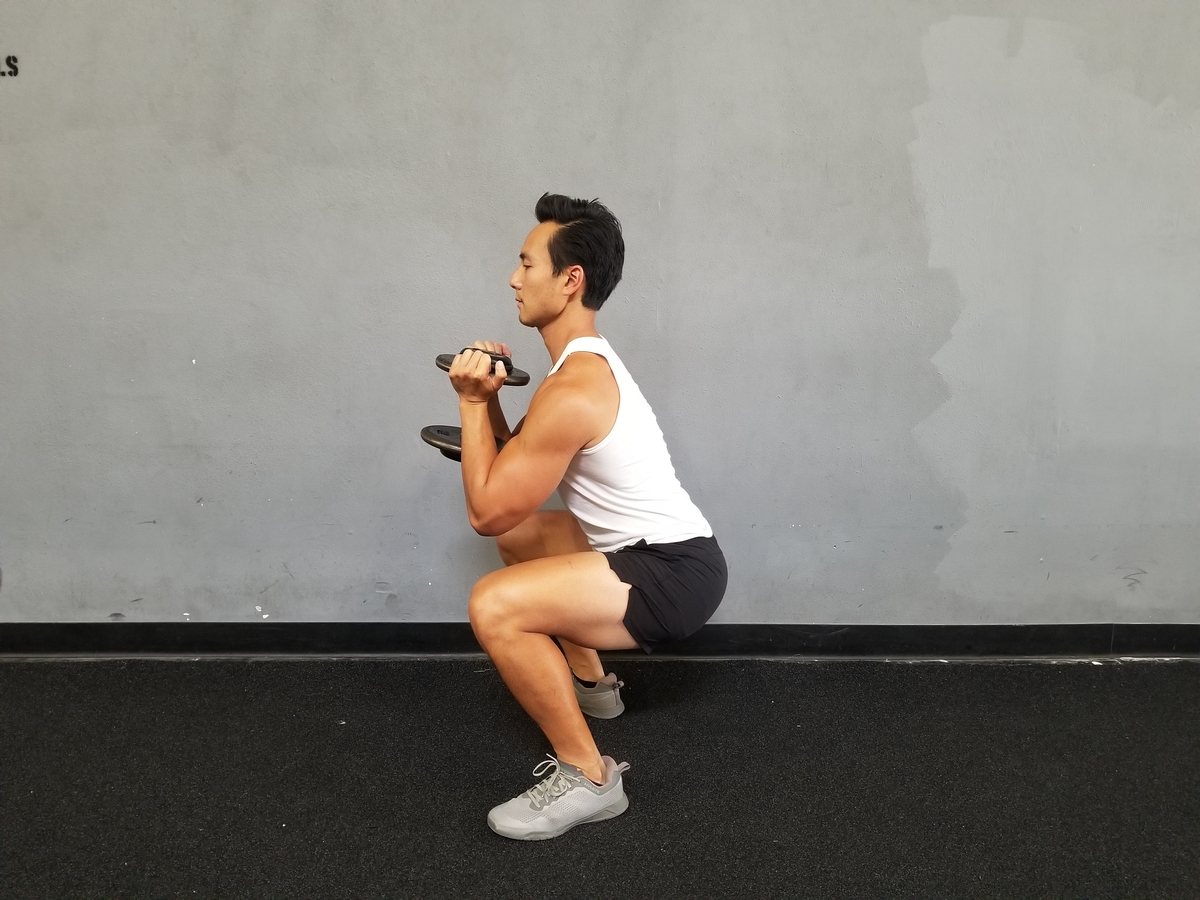The One Exercise That's Best for Beating Back Alzheimer's, Says Doctor

As doctors have told us before, exercise is perhaps the closest thing we have to a miracle drug for our brains. Even if you don't do it all the time, moving more and sweating more can do wonders for your cognitive performance and memory function. One study of people over the age of 54, published last year in the journal Economics & Human Biology, found that working out just once per week was helpful at protecting against dementia and staying cognitively sharp.
Another recent study of cognitively impaired, older adults, which was published in the Journal of Alzheimer's Disease, found that taking brisk, half-hour walks promotes healthy blood flow to the brain and improves performance while boosting memory function.
But which types exercise are best for staving off cognitive decline? According to Damian M. Bailey, Ph.D., a professor of physiology and biochemistry at the UK's University of South Wales' Neurovascular Research Unit and an advisor to the European Space Agency, there's actually one particular move that is especially helpful when it comes to improving your brain function and ultimately beating back Alzheimer's. Read on for what it is and how to do it. And for more great workout advice, see why Science Says This Is the Single Best Abs Exercise You Can Do.
It's Time to Start Squatting

Any exercise is good exercise, trainers will tell you, and the best exercises are the ones that you will actually do. But if you're concerned about your brain health, you should be doing more squats several times per week, Bailey told Michael Mosley, MD, host of the BBC Radio 4 podcast "Just One Thing," earlier this week.
Bailey describes squatting as an "intelligent" form of exercise, in which you're "intermittently challenging the brain with an increase of blood flow and a decrease of blood flow."
He explains further: "This toing and froing from high-flow to low-flow challenges the inner lining of the arteries that supply blood to the brain. We think this it's good because it realizes the good chemicals that the brain needs to grow the things it needs to grow to become more intelligent."
The Squat Nourishes Your Brain's Memory Center

The part of your brain responsible for memory function and learning is the hippocampus, says Bailey, and as we age, the hippocampus tends to shrink, and there's less blood flow. He says that more difficult and intense exercises—such as squatting, rather than walking—will send more blood into the hippocampus.
"What we have identified is that three to five minutes of squat stands three times a week is even more effective in terms of how the brain is adapting and responding to that exercise than steady-state exercise," he told Mosley.
The Benefits of Squatting

These findings will likely come as no surprise to exercise experts. When you squat, you're recruiting most of your body's major muscle groups, all of which need to move together simultaneously: your rear, your quads, your hamstrings, your calves, your hip flexors, your groin. In the category of simple bodyweight moves, standing tall and then lowering your body far down—and then bringing it back up while keeping proper balance—perhaps the most hardcore gravity-defying physical movement you can do. And for more great exercise advice, see here for the Secret Exercise Tricks for Keeping Your Weight Down for Good.
How to Do a Proper Squat

Here's one great variation of the squat, straight from our in-house trainer, Tim Liu, C.S.C.S., who demostrates above. "Grab a dumbbell by the end and hold it up," he instructs. "Keeping your torso upright and core tight, sit back onto your heels and hips until they are parallel to the ground, then come back up, flexing your glutes and quads at the top."
If you don't have a dumbbell, simply hold your hands together in front of your heart, as if you did, and you'll still feel the burn. And for more great exercises to try, see here to learn about the 3 Workouts Proven to Change Your Body Shape.








